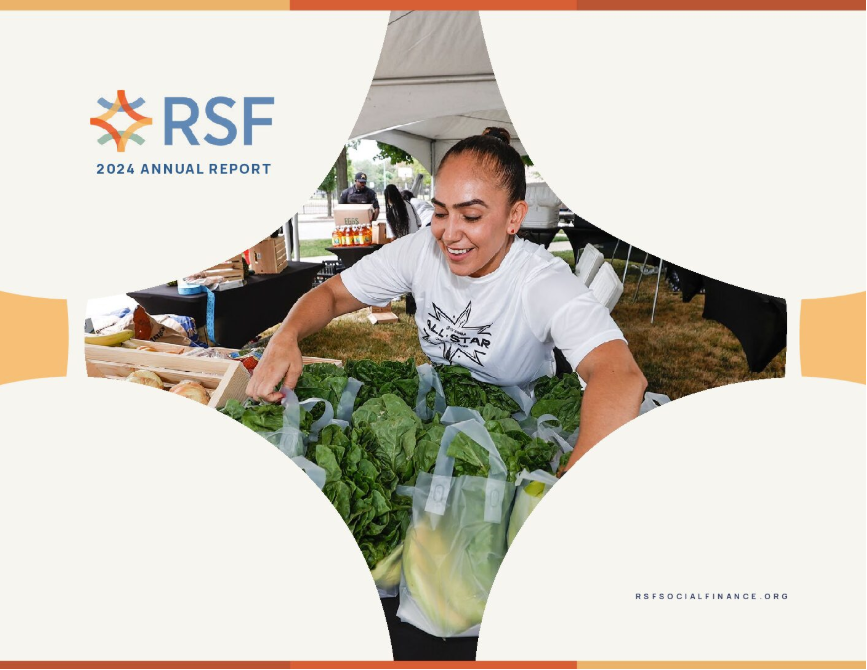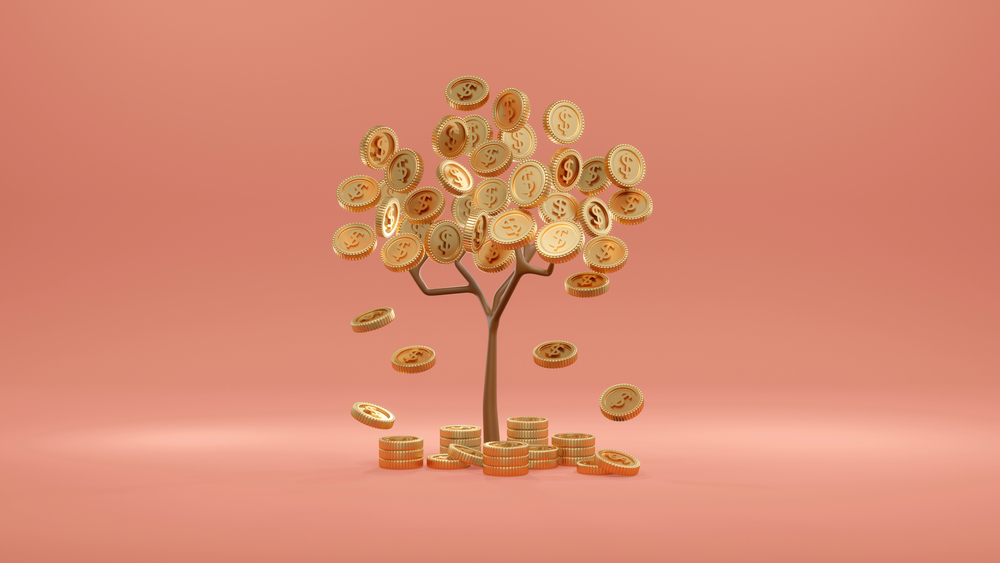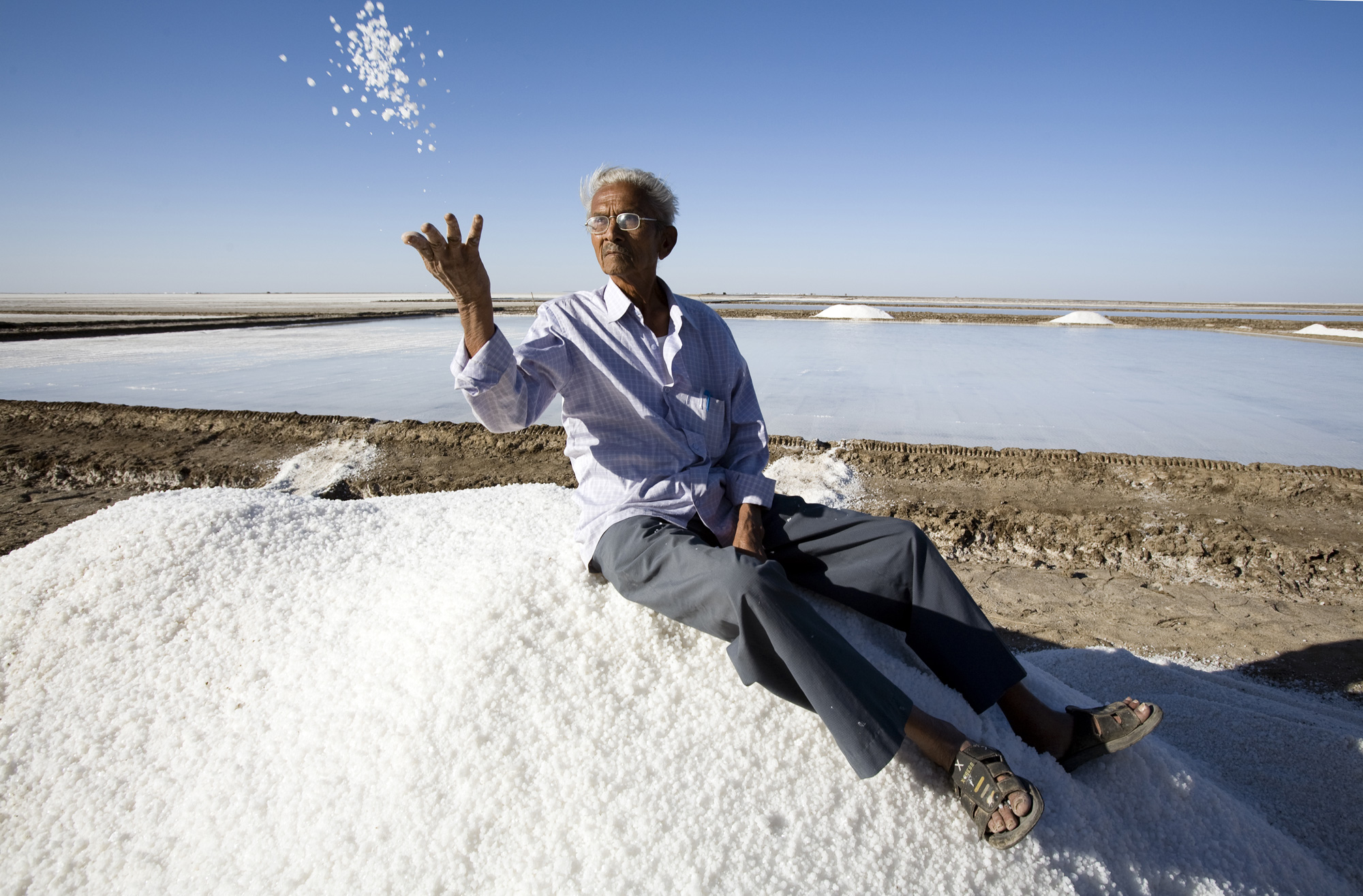When the old man first came to the plains there was a rolling sea of grass, and a lone tree, so the story goes, where they settled the town. They put up a few stores, facing the west and the setting sun like so many tombstones, which is quite a bit what a country store has in mind. You have the high, flat slab at the front, with a few lines of fading inscription, and then the sagging mound of the store, the contents, in the shadow behind. Later, if the town lasts, they put through some tracks, with a water tank for the whistle stop, and if it rained, now and then, they’d put up the monument. That’s the way these elevators, these great plains monoliths, strike me. There’s a simple reason for grain elevators, as there is for everything, but the force behind the reason, the reason for the reason, is the land and the sky. There’s too much sky out here, for one thing, too much horizontal, too many lines without stops, so that the exclamation, the perpendicular, had to come. Anyone who was born and raised on the plains knows that the high false front on the Feed Store, and the white water tower, are not a question of vanity. It’s a problem of being. Of knowing you are there.
—Wright Morris, The Home Place
Introduction
As humans, our character is formed by where we live even as we inherit the privilege of reshaping our place in our image and to our needs. Sometimes place is so much a part of us that our inner landscape, a quality of soul, mirrors the outer. Our physical environment is an inherent part of our individuality; it is part of our language, world view, diet, and relationships. Add to this the reality of the “we,” whether family, community, or region—and the particularities of geography. How do these factors roll into the character and economy of place?
Let’s look at the example of the Pueblo peoples and their dwelling places in New Mexico. They have continuously inhabited these places for over 3,000 years. The interior living spaces in the pueblos, such as Chaco Canyon, were very tight quarters, a kind of counterbalance to the spaciousness of the open high desert landscape. One could say that pueblo architecture itself arose out of an economy of space, the inherent structural expression of stone masonry, pole pine, and adobe—all materials in proximity. Community life was framed around the practice of culture and meeting the needs of the residents, whether that was food locally cultivated or captured, or spirit as embodied in the Kachinas. The harvest, celebrated in corn ceremonies, was an expression of spirit manifest through nature and the work of agriculture. This integrative way acknowledged the spirit in economy, the economy in community, the community in spirit. The economics of place was a reality because it would have been unimaginable for it to be any other way, and it worked. In some ways it was the work.
There was, of course, trade between pueblos. There were clear trade routes north-south and east-west connecting local communities to regions, yet trade was both in materials and in the spirit of gifting. The Zia, now adapted as the emblem of the state of New Mexico, combines the elements of sun, the spirits of direction, the circle of culture, and the paths of trade— all elements of the essence of place: spirit, organized culture, and economy.
While there is a kind of material resource logic to an economy of place, there is also a spiritual geography of place that finds its expression in how people connect to and draw strength from place, transform it according to some mysterious yet lawful interactive imperative, then proceed to create an economic life from it and in it, and are shaped by it.
However, we have so organized our economies in modern life, especially as city dwellers, that we live in disconnect from the nature that so generously provides for us. Commerce, based on its market reach imperative, has worked very hard to replace all aspects of local economies, in the guise of convenience and low price. Instead, we are consumers of nature, food, and landscape, while happily producing culture. We are workers in the field of consciousness, sowing and harvesting capital; our awareness of the deeper sources of our strength—natural resources, the labor of farming, connection to spirit—is fainting away. Reestablishing an economics of place has the potential for healing this disconnect, for reinstating our reciprocal relationship with the natural world that includes restorative as well as transformative processes.
Framing Questions
What is a place-based economy? Where and how does such an economy emerge? Out of what social need and geographic determinants? What is the relationship between the character of place and the character of the people that inhabit it? Is there value in being able to directly influence, and be influenced by, place-based economic activity? What kind of a regionalized or localized system results from a place-based approach? What is gained and what is lost in “relocalization”?
These questions are fundamental to an understanding of economics from a grassroots perspective, yet are often overridden by the homogenizing effect of globalization. One might make an assumption that all economies are place-based when considered as composed of three primary aspects—natural resources, labor, and capital. The three can only come together in the specifics of one place at one moment in time. Each intersection informs our sense of present, place, and community; yet collectively, the results of these intersections are part of a fluid global aggregation of local activity.
A second assumption is that natural resources are not in and of themselves economic. Instead they belong to the commons, as it has come to be called. It is not until someone begins to transform those natural resources that they move into the economic sector. In the framework of the commons (refer to the work of the 2009 Nobel Prize winner in economics Dr. Elinor Ostrom), the issue is not ownership, but rather how we determine who has the right to use the resources. Natural resources cannot be anything other than rooted in place, and are thus a tap root for all place-based economic activity.
An Inquiry into an Economics of Place
Two recent short passages will highlight some of the issues. The first is from the New York Times in an article titled, “Stock Exchange Shrinks as Rivals Take Over Trades,” by Graham Bowley: “Once the undisputed capital of capital, the city [NY] is struggling to retain its dominance in finance as the industry globalizes. ‘Wall Street’ seems to be no longer a place, but a vast, worldwide network of money and information.”
The second is from an essay by Wendell Berry, “Nature as Measure,” reprinted in the recent collection Bringing It to the Table: “On all farms, farmers would undertake to know responsibly where they are and to ‘consult the genius of the place.’…When we adopt nature as measure [of economic life], we require practice that is locally knowledgeable. The particular farm, that is, must not be treated as any farm. And the particular knowledge of particular places is beyond the competence of any centralized power or authority. Farming by the measure of nature, which is to say the nature of a particular place, means that farmers must tend farms that they know and love, farms small enough to know and love, using tools and methods they know and love, in company of neighbors they know and love.” (… to be continued.)
By John Bloom
John Bloom is the former Director of Organizational Culture at RSF Social Finance.


